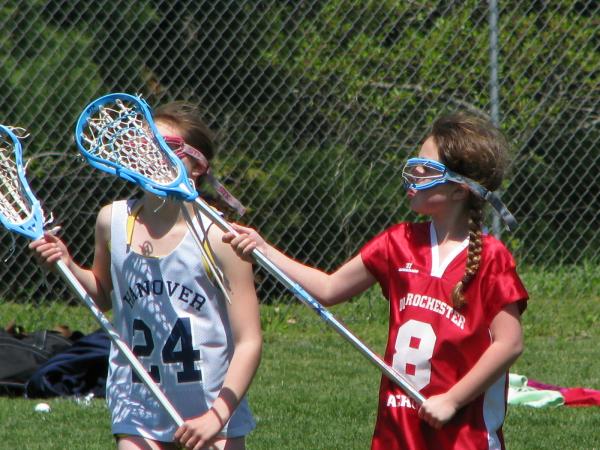 Sobering eye injury statistics
Sobering eye injury statistics
- There are more than 100,000 sports-related eye injuries in the United States each year;
- Eye injuries are the leading cause of blindness in children;
- Most eye injuries in children are sports-related, accounting for more than a quarter of all eye injuries to children aged 11 to 14;
- Children under age 15 account for 43 percent of all sports and recreational eye injuries;
- Of the estimated 40,000 cases of eye injuries causing blindness in the injured eye, about one third were suffered playing sports;
- Most sports-related eye injuries are caused by blunt objects;
- Trauma from objects such as hockey sticks, ski poles, or paintballs that are smaller than the eye socket can cause devastating injuries; and
- Objects larger than the eye can still injure, as they deform on impact. These injuries tend to be less serious, and most often occur in baseball, basketball, racket sports, and soccer.
Most eye injuries preventable
- As many as 9 out of 10 of all sports-related eye injuries can be prevented by wearing protective eye-wear;
- Shatterproof goggles, constructed of non-breakable 3mm polycarbonate twenty time stronger than ordinary eyeglasses, should be worn for racquet sports and basketball (see below);
- Face shields meeting ASTM standard F 910 (Face guards For Youth Baseball) attached to approved helmets are strongly recommended for youth baseball batters and baseball runners;
- Face shields can also reduce the risk of eye injury in football;
- Hockey players should wear helmets and face shields approved by the U.S. Amateur Hockey Association;
- The American Academy Of Ophthalmology says eye-wear should be mandatory for children participating in school-related or community-sponsored athletic events.
Buying protective goggles
Here's what to look for in protective goggles for your child:
- Protective eyewear is available in either a goggle design or a shield;
- Regardless of the design you chose for your child, the frame should cover the entire socket and not just the eyeball;
- An elasticized band works best to hold the frame in place. Regular temples will not secure the frame tightly enough and a finger could displace the frame and end up in your child's eye; and
- In addition to having an impact resistant lens, the frame must also be able to withstand impact. Frames molded with propionate are lightweight and offer strength and flexibility.
- Look for polycarbonate lenses since they are virtually unbreakable and shatterproof.
Source: AthleticOptics.com








